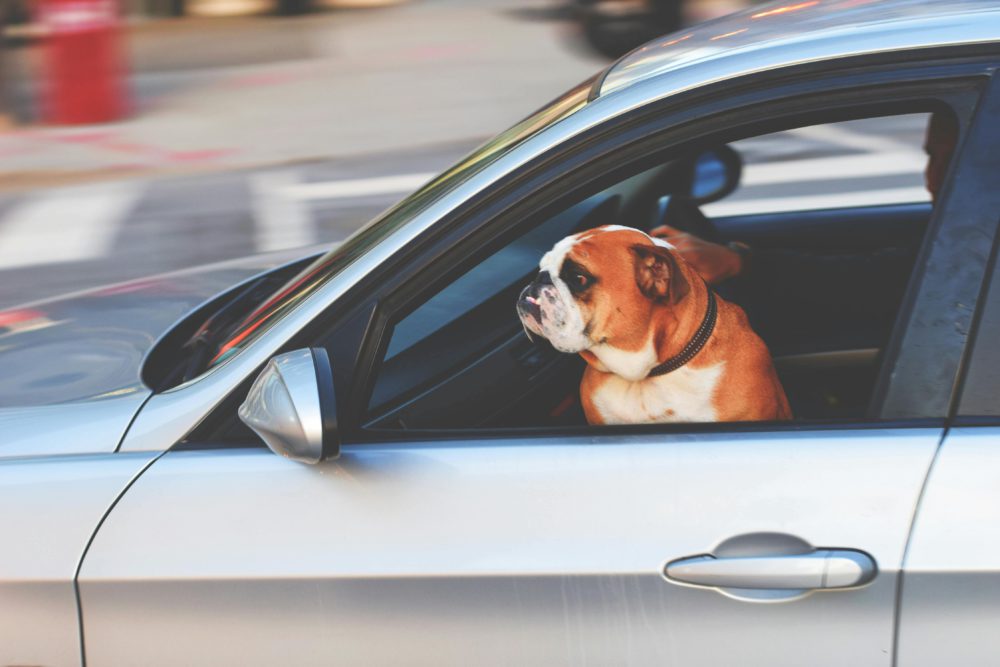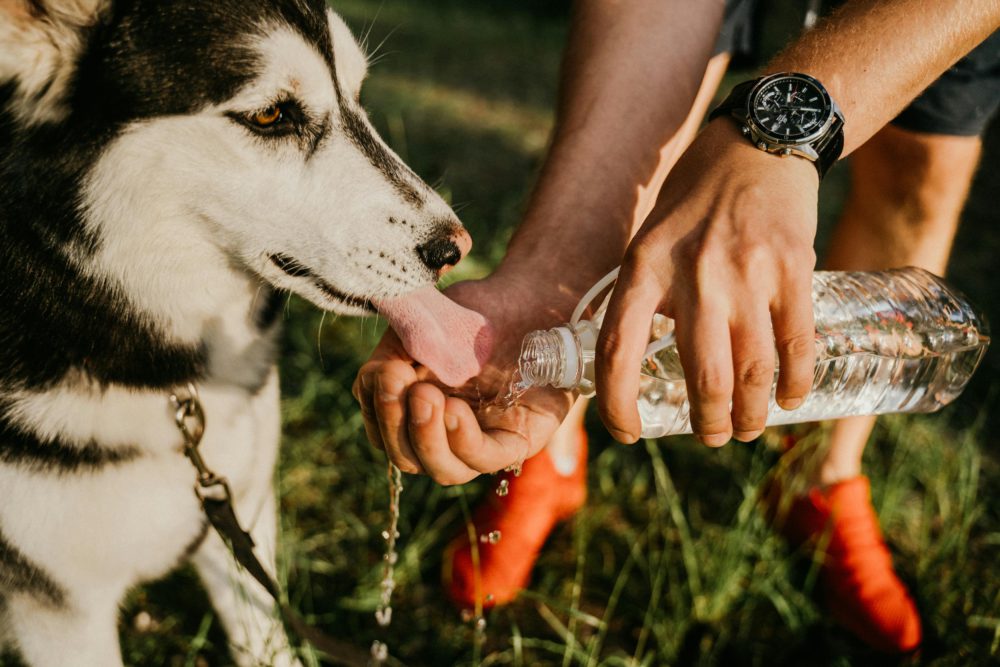Normally, our tips are all about keeping your 4-wheeled friend safe and secure. But today we want to help you look out for any 4-legged chums that might be accompanying you. So strap in as we go through what you need to know about driving with dogs.

Rule 57 of the Highway Code.
Unsurprisingly, travelling safely with pets isn’t just a matter of common sense. Rule 57 of the Highway Code says:
“When in a vehicle make sure dogs or other animals are suitably restrained so they cannot distract you while you are driving or injure you, or themselves, if you stop quickly. A seat belt harness, pet carrier, dog cage or dog guard are ways of restraining animals in cars.”
Obviously, this rule is intended to cover a lot of possible situations so it’s a little vague. What ‘suitably’ restrained means may depend on your pet. It may be a harness, crate or other solution. If you have your dog restrained in the front seat, move the seat back and turn off the airbag (it’s more likely to cause injury to your dog than prevent it).
There is no specific law to say your pet must be in a restraint of some kind, but there doesn’t need to be. Any case where a pet distracts you from driving would come under ‘careless driving’ – which in severe cases could lead to big fines, disqualification from driving or even imprisonment.
Know what to do in a breakdown situation.
If you end up on the hard shoulder or the verge due to a breakdown, your pet should remain in the vehicle, or – if that’s not possible – on a short lead. As stated in rule 56 of the highway code, dogs must not be allowed into the road on their own. As you can imagine, this is even more important on a busy road or motorway.
Be prepared.
Hydration is essential, so you need to bring water. You should also bring some extra food in case you run into a major delay.
Fitting window shades may also be a good idea to stop your pooch or feline friend from getting too much sun. A well-loved toy is also a good idea – after all, who doesn’t get a little bored in the car.

See your vet.
Some dogs, especially if they’re younger, anxious or unused to vehicles, may suffer motion sickness. Facing forward can help, but if they really struggle the answer might be to get some medication prescribed for them. Being sure not to feed them too close to travel time may also help.
If none of this helps, go back to your vet for further advice.
Plan to make stops.
We all find long journeys a slog. If you get the feeling you’d like to stop and stretch your legs, imagine how much worse it is for a creature with four of the things. So, be sure to break up time on the road with a few stops.
Be conscious of windows.
Having your windows a little open is a great way to keep your pet cool, but don’t overdo it. The opening shouldn’t be wide enough for your dog to hang out of – much less jump out of.
Don’t leave them in the car unattended.
You’re probably aware that this is dangerous to do in hot weather – but it’s also a bad idea in winter too.
A final word.
As much as we love animals here at By Miles (who doesn’t) it’s important to remember they aren’t our area of expertise. Our wheelhouse is more to do with, well, those things on wheels. This blog isn’t intended to replace professional advice – so do seek some out if you’re concerned about issues relating to travelling with your pet.




